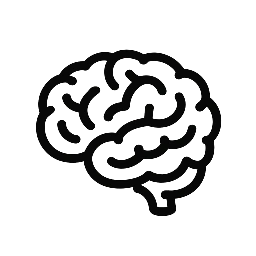Most large AI models are trained primarily in English, which can lead to bias against less represented languages. The BLOOM project, however, was created to change this by making AI more multilingual and transparent.
What Is BLOOM?
BLOOM is a Large Language Model (LLM) released in 2022 by the BigScience collaboration, a group of over 1,000 researchers worldwide. Unlike other LLMs, BLOOM was intentionally trained on a diverse multilingual dataset covering 46 natural languages and 13 programming languages (Hugging Face, 2022).
How BLOOM Reduces Bias
BLOOM’s training process involved:
- Curating datasets from less-resourced languages like Swahili, Vietnamese, and Tamil.
- Applying ethical data sourcing standards to avoid toxic content.
- Ensuring transparent documentation, so users can evaluate how the model performs across languages.
This multilingual training helps avoid English-centric assumptions and supports more equitable AI interactions.
Why It Matters
BLOOM shows that inclusion starts with data. By expanding representation in training, AI becomes more useful for speakers of diverse languages and avoids marginalizing communities.
BLOOM has been used in research, education, and local language tools. For example, developers can create applications in African or Southeast Asian languages without having to rely solely on English-trained models.
BLOOM proves that with international collaboration and conscious design, AI can be more inclusive and representative. It’s a promising step toward reducing systemic linguistic bias in large-scale models.
How are other tech giants tackling language bias?
Next, explore how Meta AI built a model to include 200 global languages—many rarely supported in AI.
👉 Read next: No Language Left Behind: Meta’s Approach to Fairer AI
Curious about the energy and cost behind each article? Here’s a quick look at the AI resources used to generate this post.
🔍 Token Usage
Prompt + Completion: 3,200 tokens
Estimated Cost: $0.0064
Carbon Footprint: ~15g CO₂e (equivalent to charging a smartphone for 3 hours)
Post-editing: Reviewed and refined using Grammarly for clarity and accuracy
Tokens are pieces of text AI reads or writes. More tokens = more compute power = higher cost and environmental impact.
